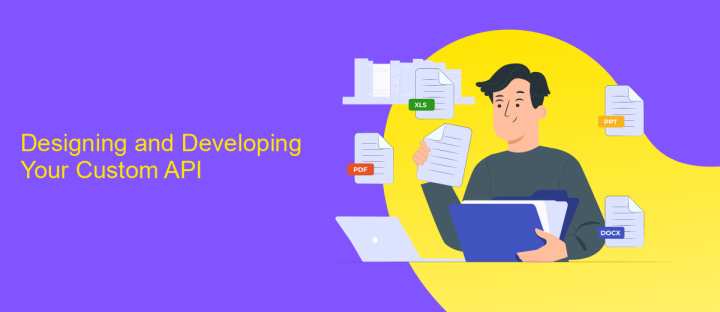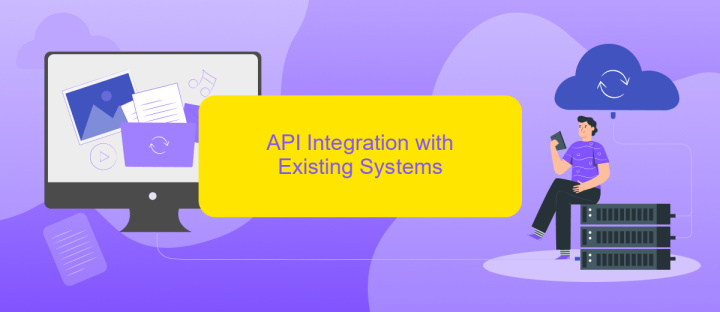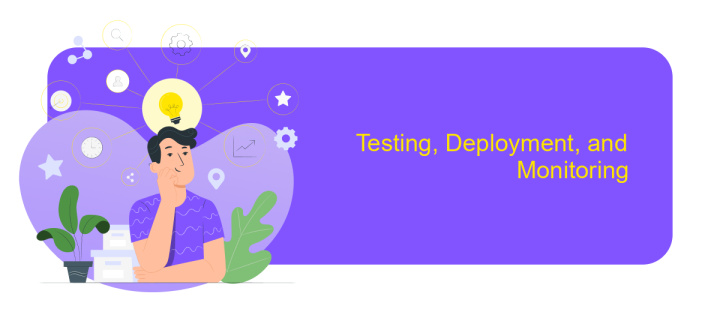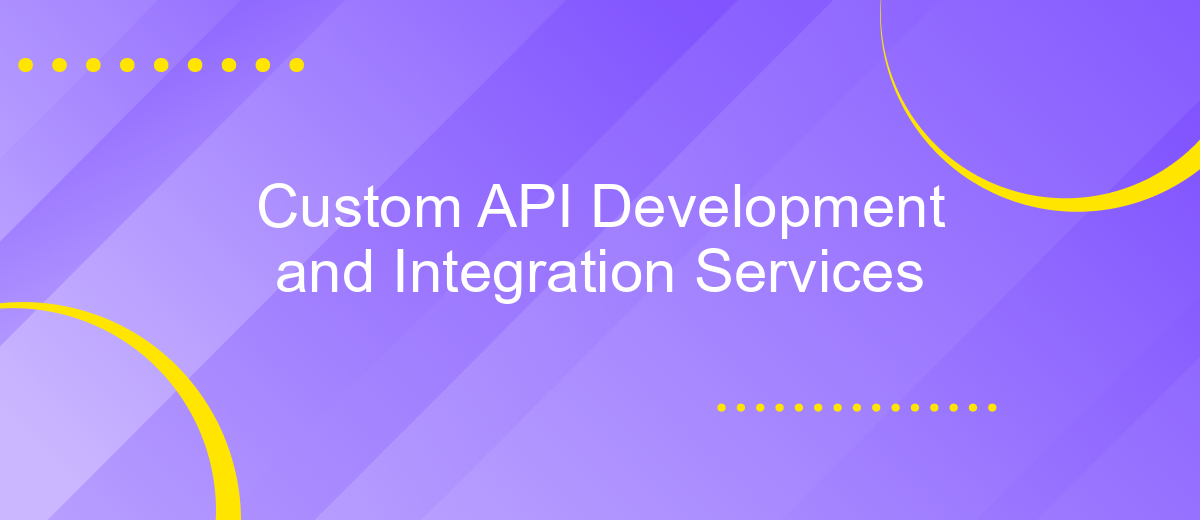Custom API Development and Integration Services
In today's rapidly evolving digital landscape, businesses are increasingly relying on custom API development and integration services to enhance their operational efficiency and user experience. These services enable seamless communication between different software systems, allowing for tailored solutions that meet specific business needs. By leveraging custom APIs, companies can streamline processes, improve scalability, and gain a competitive edge in their respective industries.
Understanding Your API Needs and Objectives
Before embarking on custom API development and integration, it's crucial to thoroughly understand your specific needs and objectives. This foundational step ensures that the API solution aligns with your business goals and enhances operational efficiency. Begin by identifying the core functionalities you require and the systems that need integration. Consider how the API will improve user experience and streamline processes.
- Define the primary goals and outcomes you expect from the API.
- Identify key systems and platforms that need to be connected.
- Consider scalability and future expansion needs.
- Evaluate security requirements and compliance standards.
- Assess the technical expertise available within your team.
By clearly defining your API needs and objectives, you create a roadmap that guides the development process. This clarity not only aids in crafting a tailored API solution but also minimizes potential roadblocks during implementation. Engaging stakeholders early and maintaining open communication ensures that the final product meets the expectations and requirements of all involved parties.
Designing and Developing Your Custom API

Designing a custom API begins with understanding the specific needs of your business and the systems it interacts with. This involves defining the scope of the API, including what data it will handle and how it will communicate with other systems. It's crucial to determine the endpoints, data formats, and authentication methods that will ensure secure and efficient data exchange. A well-thought-out design not only caters to current requirements but also anticipates future scalability and integration needs.
Once the design is in place, development can commence, focusing on building a robust and reliable API. This involves coding the API endpoints, implementing error handling, and ensuring optimal performance through efficient algorithms and data handling techniques. Testing is a critical phase, where the API is rigorously checked for security vulnerabilities, performance issues, and compatibility with existing systems. Tools like ApiX-Drive can facilitate seamless integration by providing a platform to connect your custom API with other applications, ensuring smooth data flow and enhancing overall functionality.
API Integration with Existing Systems

Integrating APIs with existing systems is a crucial step in modernizing and enhancing business operations. It involves connecting new software applications with pre-existing systems to ensure seamless data flow and functionality. This process not only improves efficiency but also enhances the user experience by providing integrated solutions that cater to specific business needs.
- Identify the existing systems and their compatibility with the new API.
- Analyze the data flow and determine the necessary endpoints for integration.
- Develop a strategy that includes security protocols and error handling mechanisms.
- Test the integration in a controlled environment to ensure functionality and performance.
- Deploy the integrated system and monitor for any issues or necessary adjustments.
Successful API integration requires careful planning and execution. By following a structured approach, businesses can ensure that their systems work harmoniously, reducing redundancy and improving overall productivity. This integration not only supports current operations but also sets a scalable foundation for future technological advancements, thereby keeping the business competitive in a rapidly evolving digital landscape.
Testing, Deployment, and Monitoring

Ensuring the reliability and functionality of a custom API requires comprehensive testing. This phase involves unit testing to verify individual components, integration testing to ensure seamless interaction between modules, and performance testing to assess the API's responsiveness under various conditions. Rigorous testing helps identify and rectify potential issues before deployment, ensuring a robust and efficient API.
Once testing is complete, the deployment phase begins. This involves moving the API from a development environment to a production environment. Deployment should be carefully planned, with attention to version control and rollback strategies to address any unforeseen challenges. Automation tools can streamline the deployment process, minimizing human error and accelerating the transition to production.
- Continuous monitoring for real-time performance insights.
- Automated alerts for immediate issue detection.
- Regular updates to enhance functionality and security.
- Scalability checks to accommodate growing user demands.
Monitoring is crucial post-deployment to ensure the API operates smoothly. Implementing monitoring tools allows for real-time tracking of performance metrics, enabling swift identification and resolution of any issues. Continuous monitoring also provides valuable insights for future enhancements, ensuring the API remains efficient and reliable over time.
Ongoing API Management and Support
Effective ongoing API management and support are crucial for ensuring seamless integration and optimal performance of your digital ecosystem. Regular monitoring and updates are essential to maintain the functionality and security of APIs. This involves tracking usage patterns, identifying potential bottlenecks, and implementing necessary adjustments to enhance efficiency. Additionally, keeping APIs up-to-date with the latest technological advancements is vital to leverage new features and improve overall user experience.
To facilitate efficient API management, services like ApiX-Drive offer automated integration solutions that simplify the process of connecting various applications. By utilizing such platforms, businesses can streamline their workflows, reduce manual intervention, and ensure consistent data synchronization across systems. Continuous support and troubleshooting are also integral to address any issues promptly, minimizing downtime and maintaining uninterrupted service delivery. A proactive approach to API management not only safeguards your digital assets but also empowers your business to adapt swiftly to evolving market demands and technological innovations.
FAQ
What is custom API development and integration?
How can custom API integration benefit my business?
What are the key considerations when developing a custom API?
How long does it typically take to develop and integrate a custom API?
Are there tools to simplify the process of API integration?
Apix-Drive is a simple and efficient system connector that will help you automate routine tasks and optimize business processes. You can save time and money, direct these resources to more important purposes. Test ApiX-Drive and make sure that this tool will relieve your employees and after 5 minutes of settings your business will start working faster.

